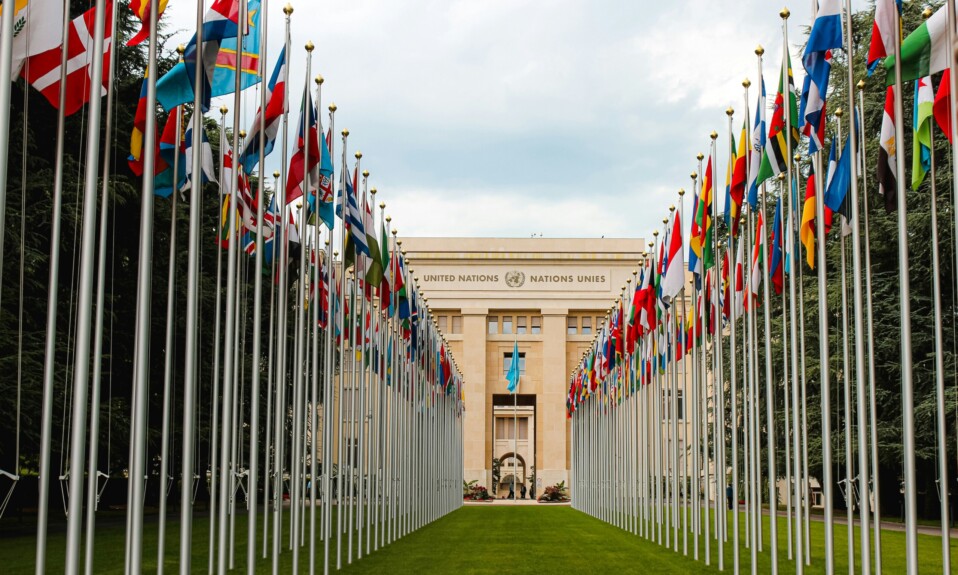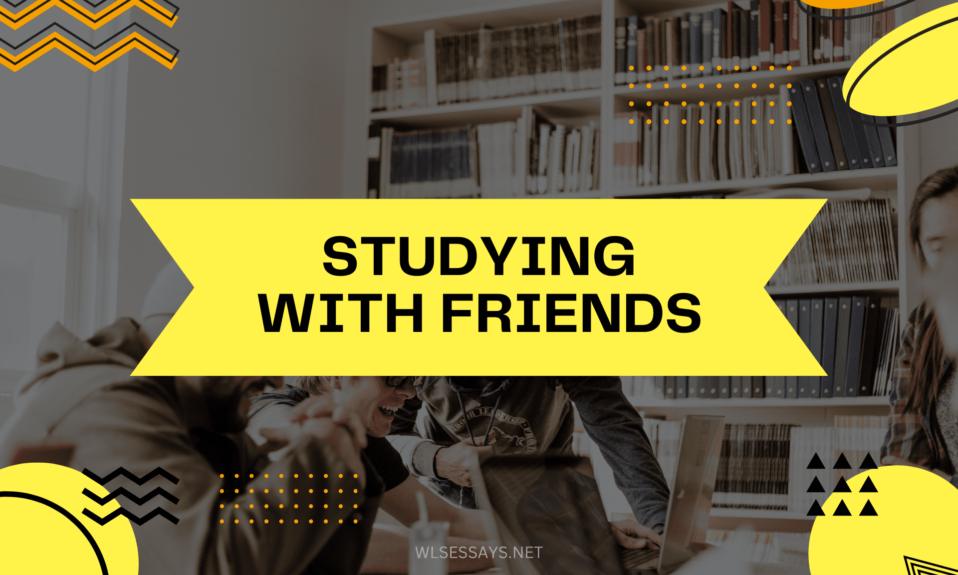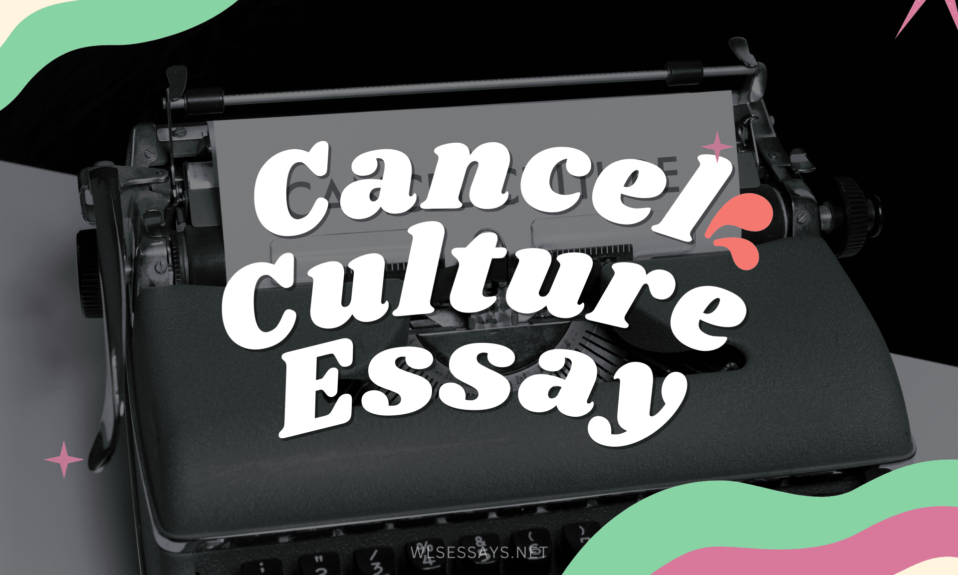Even though fictional characters exhibit neither emotions nor thoughts, as Nikolajeva contends (134), their roles in imaginative stories integrating contextual and visual elements often evoke inner emotions in children. The whimsical plot in a fairy tale not only entertains but also offers an ethical significance to the young audience. Usually, fictional characters in stories can model certain behaviors in children. In particular, many fairy tale scenes show good people undergoing different predicaments and being abandoned by those with supremacy or responsibilities to protect them. A notable example concerns parents who remarry or gain spiritual power, focusing more on other individuals than their children. Today, adults and children are less likely to find fairy tales incorporating cocktails of magic, violence, marvels, beauty, and horror appealing than 30 years ago after the appearance of Bettelheim’s book (Tatar 55). However, despite “Why Fairy Tales Matter: The Performative and the Transformative” and “Exploring Empathy and Ethics in Tales about Three Brothers” by Maria Tatar and Maria Nikolajeva, respectively, offering conflicting and converging ideas, their contribution helping children overcome impediments to personal developments is unprecedented. Therefore, regardless of their socioeconomic status and ethnic origin, a collective view of imaginary or extraordinary actions, entailing transformation and disregarding women in sovereignty, helps psychologically prepare young audiences for unforeseen characters in the world.
Similarities between the Writers’ Positions
Despite Tatar and Nikolajeva offering tales that seem fanciful, miraculous, or unreal, they often depict people’s expectations, actions, and beliefs in the modern world. For example, in contemporary society, individuals, including children, have faith in cults, miracles, and religion, which hardly reflect the everyday reality. Such norm is evident in “The Russian fairy tale “The Frog Princess,” featured in Alexander Afanasev’s world-famous collection Russian Folktales (1855–63), … appearing in various versions in all cultures, the most famous perhaps being the selkie story” (Nikolajeva 135. In particular, Nikolajeva states that for the husband to remain in human shape, he either burns or sheds his feathers or skin (135). The magical bride’s hiding after transformation resembles patriotic and spiritual stories. However, its basis emanates from secular rather than religious codes or belief systems. Similarly, In The Brothers Grimm, the shattering of the mirror queen’s beautiful face inflicts a sensation of terror on the audience (Tatar 58). Even though Tatar’s essay does not explain the reason for transformation, it depicts the human disposition to action. Specifically, regardless of a person’s beauty or societal status, their fate, including complete metamorphisms, is inevitable as everyone must be adaptable to change. Therefore, the unreal and miraculous events in the two texts reflect human expectations in the modern world.
Tatar’s and Nikolajeva’s depiction of fairy tales manipulating young audiences correlates with the modern world’s lifestyle expectations. People value recognition and possession of assets because of their ego and perception of them relating to self-worth. Such a narrative is evident in a statement outlined by Nikolajeva, “Once upon a time there was a king who had three sons, the youngest was called Prince Ivan” (136). In this text, a reader inclines to a specific notion of Ivan being brilliant or powerful. The audience can also assume that the queen is dead or holds an insignificant part in the story. When children read this story, they tend to believe their role in the family is more important than their mother. Nikolajeva supports this personal evaluation by stating, “Some versions introduce a queen, who never appears in the story again and can thus be totally ignored” (136). Female children might feel disadvantaged reading this fairy tale as the central emotional axis tends to be between sons and their fathers. Closely examining this assertion and placing it into the modern world might explain why a few women are in power. For that reason, it might discourage female children with a passion for becoming state leaders. Likewise, “In an essay on childhood reading, Greene considered nothing that we read after the age of fourteen has the same staying power” (Tatar 59). Whether “leaders are born or made” remains a subject of deliberation in real-life and fairy-tale contexts. For instance, society believes a visionary leader in higher positions must have risen through ranks. The same applies to Tatar’s argument of the prerequisite of learning before age fourteen in any field, including leadership. When children read this text, their quest to lead organizations or countries might never become a reality because the fairy tale leads to the inclination of mindset toward a particular perception. In retrospect, depending on the young audience’s interpretation and guidance they might receive when reading these fictional stories, their inspiration towards leadership might reduce or increase.
Divergence between Writer’s Positions
Regardless of children’s socioeconomic status and origin, their appreciation of cultural practices and wisdom in Tatar and Nikolajeva differ. Still, in “The Frog Princess,” the audience might speculate that the king might be reluctant to follow traditional accepted ways of letting the eldest son be the heir. Specifically, Nikolajeva states that “The eldest brother probably feels most offended since the father’s arrangement potentially infringes on his birthright” (137). Children reading this text might speculate potential resentment between the eldest and youngest brothers. However, the intention of the author might be for the reader to appreciate the king’s wisdom in testing the heir’s mindfulness, an integral aspect of leading followers through difficult moments. The young audience might also speculate a collaborative alliance between the second and last son, which might not be true. Nikolajeva anticipates that children, as readers, will foresee the role the second has in coronation. For example, his role in mediating the king to consider the firstborn the heir. By contrast, Tatar states that “It is no accident that the fairy tale chosen by the Grimms to open their collection was “The Frog King,” a story in which a curse turns a prince into a frog and a gesture of vehent range reverses the curse” (60). Rather than appraising the young audiences’ abilities to recognize kingship wisdom, Tatar underscores the significance of passion in eliminating impediments to cultural practices. In some communities, using a specific object for an unintended function, for example, sitting on a table, is unacceptable. Wisdom is obligatory to achieve desired outcomes in perpetuating societal values and beliefs, but it needs a passionate person to reap long-term benefits.
A Suitable Actionable Model
An appropriate actionable model for engaging the fairy tale genre today demands an in-depth understanding of traditional linguistic elements in the form of signs and symbols and relating them to contemporary modern contexts that evince diverse perspectives on a wide range of social issues. Ideally, this framework complements the theory of mind, which focuses on the capacity for comprehending other people’s intentions, beliefs, and thoughts. With such an understanding, it is possible to identify ubiquitous themes, such as love, transformation, and sacrifice, in The Singing, Springing Lark and situate them in today’s social narratives. The proposed model also provides an opportunity to challenge the portrayal of such themes in fairy tales based on a modern understanding of the concepts under evaluation. The Singing, Springing Lark fits into this framework because it provides many examples that underscore the significance of sacrifice, love, and perseverance. Out of love for his children, the father goes out of his way to bring her child the singing bird even after realizing that this decision might be fatal (“Grimms’ Fairy Tales”). When the enchanted prince turns into a dove and flies away, the little girl does not give up looking for him—she even goes to the sun and the moon (“Grimms’ Fairy Tales”). Indeed, these themes are quite common in today’s contemporary society and highlight the significance of the values they espouse. Without such themes of transformation, love, and sacrifice, which are inherent to all humans, this tale might not have piqued the readers’ interest, allowing them to appreciate the important underlying information.
Reflection Based on the Quote
Since fairy tales tend to reflect many human qualities and attributes, as discussed in the proposed model of engaging them, any individual who reads them stands to gain a valuable lesson or two. As Lewis Carroll stated in Alice in Wonderland, “Everything’s got a moral if only you can find it.” In responding to my mother, a fairy tale must always teach a lesson, and it is the reader’s responsibility to rely on the model proposed to situate the themes in the story in today’s modern context. As didacticism suggests, reading must generate both learning and pleasure. Most people who engage in fairy tales focus only on the entertainment part, with little appreciation for the underlying message. Yet, humans can learn lessons from everything. The only caveat is for them to recognize the correlation between the themes espoused and their connection to everyday life in contemporary society. I can remember reading the works of Maria Nikolaeva as a youth, and they still resonate with me today because of the lessons I gained from them. In general, the nature of fairy tales as literary works lends credence to their appropriateness as vehicles through which writers can address various social issues in society.
Conclusion
Children can correlate the world’s spiritual beliefs, social expectations, or unexplained phenomena to fairy tales in two texts by Maria Tatar and Maria Nikolajeva. For instance, when fictional characters willingly use harsh techniques to remain in human form, they represent the people’s struggles to stay relevant in a specific sphere. Burning their skins and feathers might depict everyday hardship to achieve a particular goal. The moral lesson from this story to children concerns imparting them with knowledge to understand the underlying rationale for individuals opting for a specific course of action in spite of the pain and suffering. Similarly, In “The Frog Princess,” children could learn several lessons about how the author portrays the king. For example, omitting the queen and daughters in the story underscores men’s societal role. Even with worldwide advocacy of gender equality in workplaces, a male child should be ready to shoulder much of life’s burden and protect females. Concerning the king favoring the young son, the author emphasizes that children might not get everything they deserve. In retrospect, complementing passion and knowledge is necessary to succeed in any field. An exhaustive exploration of traditional linguistic elements, precisely signs and symbols, and correlating them to modern world perspectives, which demonstrate varying views on different social issues, requires the incorporation of a feasible, actionable model. For example, ubiquitous themes such as love, sacrifice, and transformation evident in the two texts are notable in real life. Without correlating lessons to themes, it might be challenging for children to appreciate the literal importance of written words in books.
Works Cited
“Grimms’ Fairy Tales: The Complete Fairy Tales of the Brothers Grimm.” Grimmstories.com, www.grimmstories.com/en/grimm_fairy-tales/the_singing_springing_lark. Accessed 12 March 2024.
Nikolajeva, Maria. “Exploring empathy and ethics in tales about three brothers.” The Cambridge Companion to Fairy Tales, edited by Maria Tatar, Cambridge University Press, 2014, pp. 134-149.
Tatar, Maria. “Why fairy tales matter: The performative and the transformative.” Western Folklore, vol. 69, no. 1, 2010, pp. 55-64.










